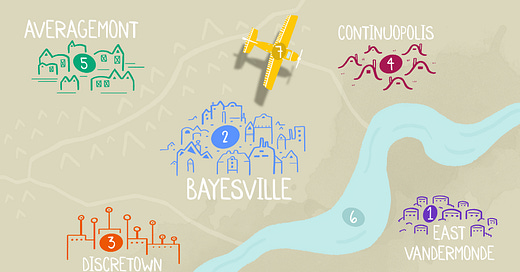I am a Mechanical engineer by education. And I started my career with a core job in the steel industry.
But I didn’t like it and so I left that.
I made it my goal to move into the analytics and data science space somewhere around in 2013. From then on, it has taken me a lot of failures and a lot of efforts to shift.
Now, people on social networks ask me how I got started in the ML field. So I thought of giving a definitive answer.
It is not really impossible to do this but it will take a lot of time and effort. Fortunately, I had an ample supply of both.
Given below is the way that I took, and any aspiring person could choose to become a self-trained machine learning engineer.
Some of the courses are not the same as I did since some of them don’t exist and some have been merged into bigger specializations. But I have tried to keep it as similar to my experience as possible.
Also, I hope that you don’t lose hope after seeing the long list. You have to start with one or two courses. The rest w…
Keep reading with a 7-day free trial
Subscribe to MLWhiz | AI Unwrapped to keep reading this post and get 7 days of free access to the full post archives.



